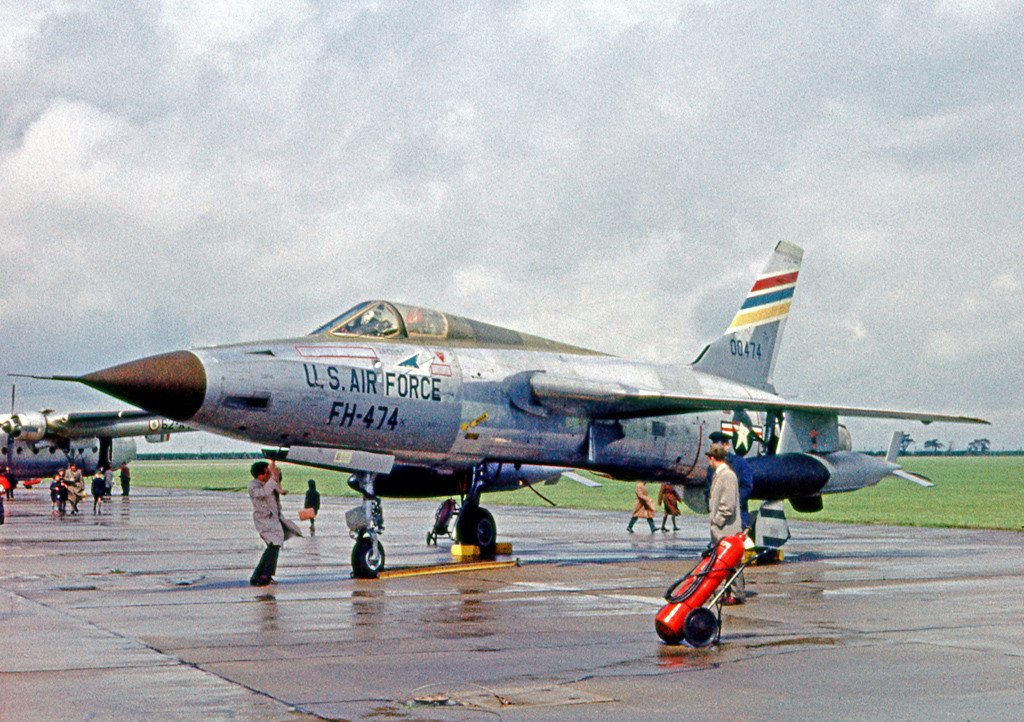A modern airfoil is designed on the basis of the desired pressure distribution over the chord length of both sides. In some cases, only a single angle of attack is relevant while in others the airfoil must be a compromise of the pressure distributions over a range of angles and flap deflections.
Two parameters can be used to tailor the desired pressure distributions:
Relative thickness: Any body needs to displace air when it travels through it. This displacement causes supervelocities on both sides and extra drag (called wave drag) at supersonic speed. For better structural efficiency, a thicker airfoil is better, while a supersonic wing needs to be as thin as practical. Typical cases range from 22% at the root of WWII bombers over 13% for a modern airliner root all the way down to the 4% of a supersonic delta wing.
Local camber: Positive local camber spreads the pressures on the lower and the upper side of an airfoil apart, such that is shows higher pressure on the lower and lower pressure on the upper side. This pressure difference is the source of lift.
Now it might seem that we ideally create a lot of suction on the upper surface while maximizing the pressure on the bottom surface, and that is indeed what an airliner wing with flaps extended for landing tries to do, but a few limitations exist.
Pressure recovery: Once the flow leaves the airfoil at the trailing edge, its pressure should have returned to its ambient value. A big suction area on the rear-facing part of the airfoil will cause drag, so the area of low pressure should extend only over the forward and mid part of the chord length. The pressure gradient cannot be too steep in order to avoid flow separation. Separation makes further pressure recovery impossible and is very drag-intensive. The maximum pressure gradient at the desired maximum operating angle of attack therefore limits the minimum pressure over the forward part of the airfoil.
Maximum local Mach number: Lower pressure means higher speed (the total energy of the flow is constant, and pressure is equivalent to potential energy), and since the flow behaves differently once it crosses into the supersonic realm, the minimum pressure can also be limited by the maximum local Mach number where recompression is still possible without causing a drag-intensive shock.
Positive wing thickness: Sometimes reaching the theoretical optimum is prevented by the fact that the upper side of the airfoil must be above the lower side contour.
Please follow the links if you want to know more - here I could only scratch the surface.



